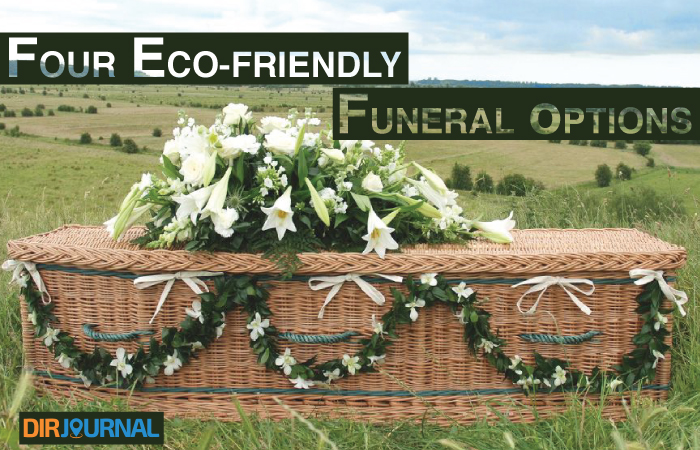Traditional funerals can be rough on the environment. They often involve harsh chemicals used in the embalming process, as well as caskets that aren’t biodegradable and waste resources. Also, burials often happen on large plots of deforested land.
If people care about the environment during their lives, why not consider a more eco-friendly option for their funeral? If you’re not sure about which options you have for green funerals, here are four examples that might be the right fit for you.
1. Green Burial Sites
When you imagine a typical cemetery, you probably picture acres of open space that are lined with tombstones. There might be some trees throughout the property, but it doesn’t look much like a natural environment.
Green burial sites are different. Individuals are buried in a more natural landscape, such as a protected meadow or even in a forested lot. These sites are more eco-friendly than traditional cemeteries because they don’t have a negative impact on the natural ecosystem. Instead, they instead provide homes, shelter, and food for local wildlife.
2. Simple Wooden Caskets
Another option for making a funeral more environmentally-friendly is to swap the typical expensive hardwood coffin for a simpler wooden casket that’s designed to be biodegradable.
If you go this route, you might also consider skipping embalming to allow the body to also decompose naturally and provide nourishment to the soil. Americans alone end up burying 4.3 million gallons of embalming fluid each year. You might even consider skipping a coffin altogether and instead using a natural linen burial shroud.
3. Eco-Friendly Urns
While cremation itself isn’t environmentally-friendly, it can be more green than a traditional burial. If this is your preference, you can at least opt for eco-friendly urns or having ashes scattered rather than buried.
One example of an eco-friendly urn would be a biodegradable one that contains seeds. These are buried with the intention of something, such as a tree, growing at the burial spot and forming a sort of natural memorial.
4. Alternative “Burials”
If a traditional burial doesn’t appeal to you, there are greener alternatives available.
For example, a process called aquamation (or alkaline hydrolysis) can essentially dissolve a body. All that will remain are the bones, which can be ground up. It’s a more environmentally-friendly option than typical cremation and can be coupled with an eco-friendly urn.
If you’d like the option of leaving your body to science, a body farm might be another option to consider. Body farms are used by forensic anthropologists to study how bodies decompose. This is a way to allow a donated body to decompose naturally while giving back to the community by helping students and researchers learn to solve crimes.
You might have a very specific idea of what a memorial service should look like when you’re planning a funeral, but you have more options than you think. While rules and regulations about burials and other body disposal choices vary depending on where you live, if you want to minimize a death’s impact on the environment, there’s sure to be a suitable option to satisfy you and your loved ones.












